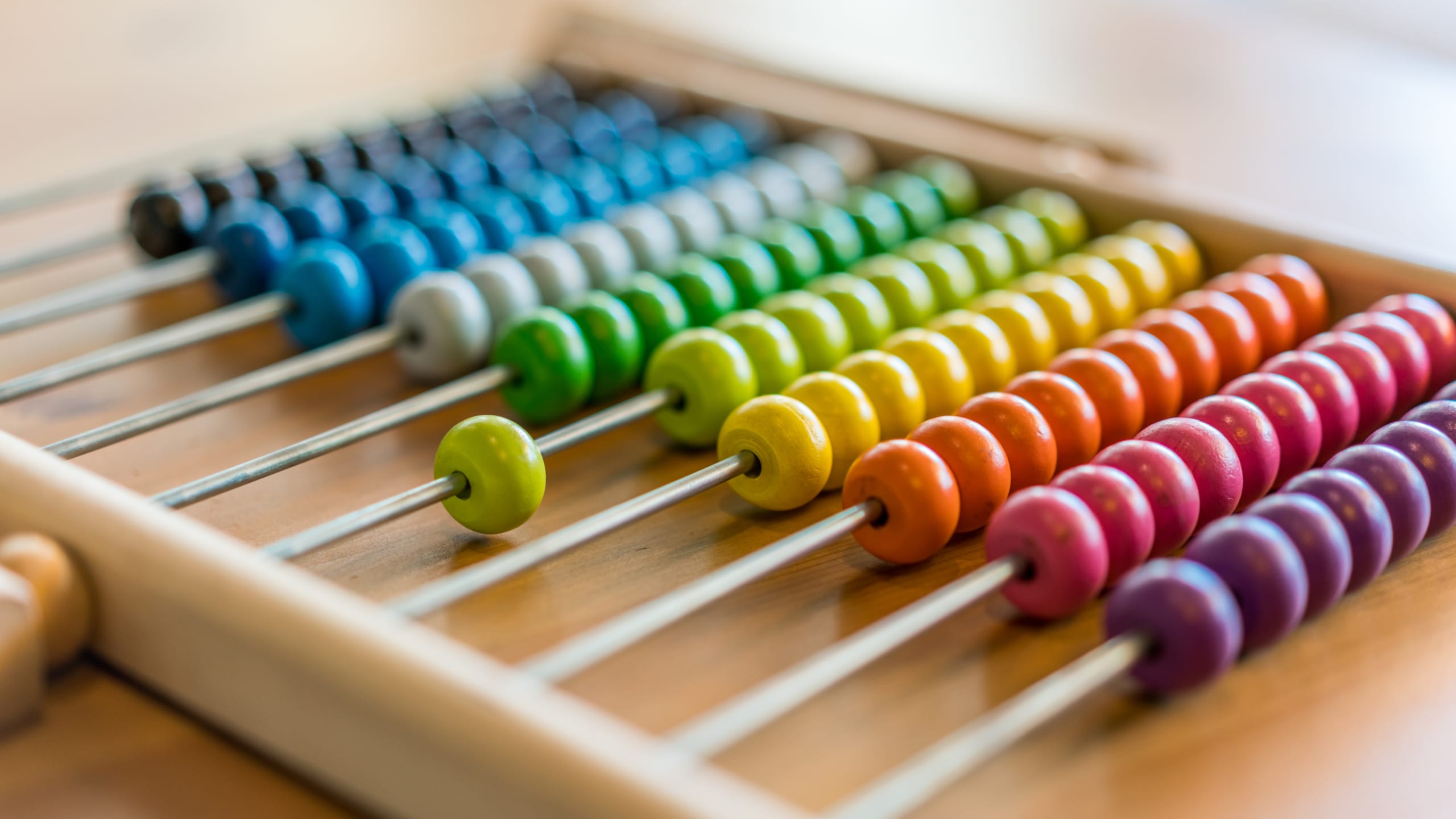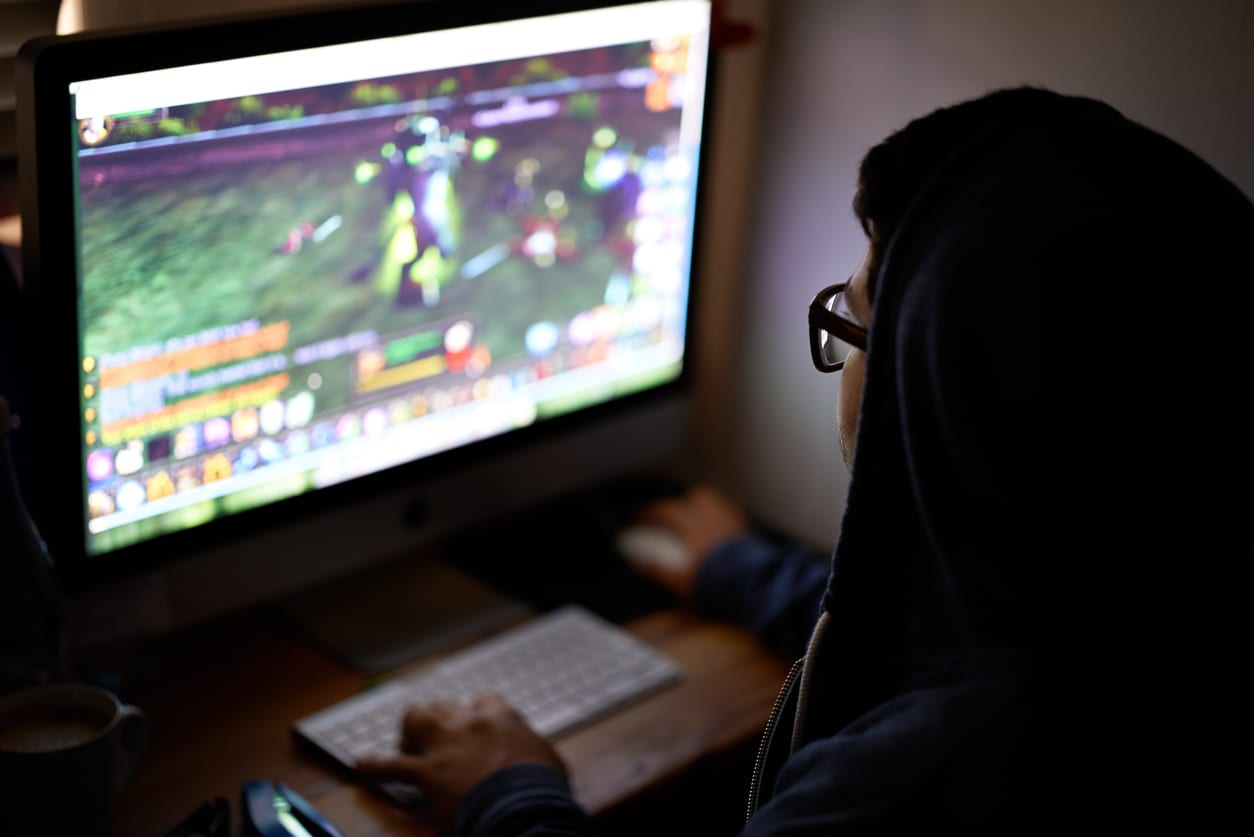Everyone has those “days” — you know, when you wake up and everything is just instantly and horribly wrong. Could be that there’s a test you don’t feel prepared for, or a meeting you’re scared to attend, or maybe you just didn’t start your day off as healthily as you had hoped. They happen, and it’s okay to feel those kind of negative emotions, so long as they don’t become who we are. Usually, they’re preventable. How? Well, we’ll tell you, with these ways to start the day off right.
Get enough rest.
We understand that, in a world where things are always on the go, that it’s hard to get at least eight hours of sleep, but sometimes you just have to set aside the to-do list and go to sleep. Getting enough rest is probably one of the biggest and easiest things you can do to improve your mood and your all-around health — that’s mental, physical, and emotional health. Turn off the notifications on all electronic devices, throw on some sleepy tunes, turn out the lights, and get some shut-eye.
But also wake up on time.
Sleeping in is great… when you don’t have anything to do, so save it for the weekends or other days off; when you’re pressed for time, sleeping in is just not the thing you want to do if you want to be able to function for the rest of the time you need to be awake. If you’ve gotten enough sleep, then waking up at six every morning won’t be much of an issue.
Recite your mantra.
A mantra can be anything — but it has to be positive. It can be as simple as telling yourself: “I WILL get this task done, I WILL get that project finished, etc, etc, etc.” Or maybe your mantra is a list of good things in your life and why you get up every morning: “My dog, my cat, my mother…” Whatever it might be, it will put you in the right mindset before you set out to tackle whatever big test or crazy task you had to do that day.
Don’t forget to eat.
We might sound like your mother, but she has a point! You might be able to function without eating breakfast, but it will definitely give your brain the boost it needs to be happy and refreshed until your next meal. However, try to avoid really sweet things like donuts or sugary cereals, and avoid an overdose on starchy foods like bread and bagels. You’d be surprised at how far a bowl of yogurt and fruit will take you.
Lastly, give in to that mood music! Your favorite music will make the start to any day great — throw in ome upbeat jams and tackle the morning like a champion.
What do you do to start your day in the best possible way? Let us know in the comments!








